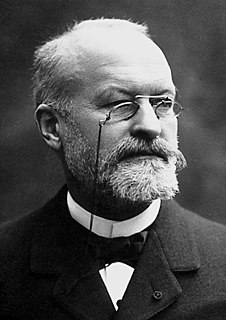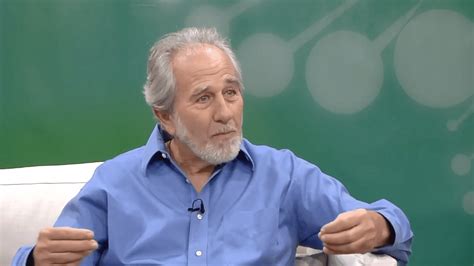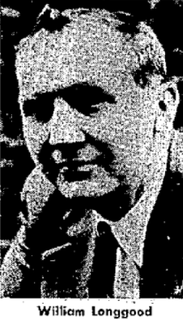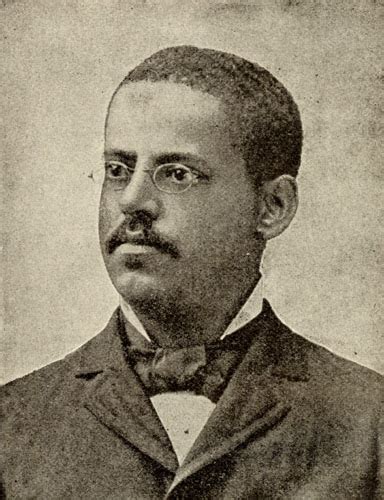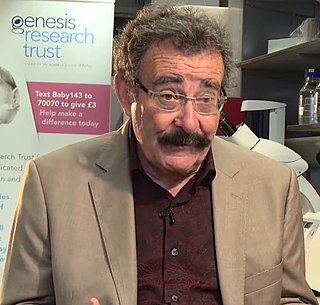A Quote by Ronald Ross
On some peculiar pigmented cells found in two mosquitoes fed on malarial.
Related Quotes
Life evolved under conditions of light and darkness, light and then darkness. And so plants and animals developed their own internal clocks so that they would be ready for these changes in light. These are chemical clocks, and they're found in every known being that has two or more cells and in some that only have one cell.
It is generally allowed, that no man ever found the happiness of possession proportionate to that expectation which incited his desire, and invigorated his pursuit; nor has any man found the evils of life so formidable in reality, as they were described to him by his own imagination; every species of distress brings with it some peculiar supports, some unforeseen means of resisting, or powers of enduring.
Most of our brain cells are glial cells, once thought to be mere support cells, but now understood as having a critical role in brain function. Glial cells in the human brain are markedly different from glial cells in other brains, suggesting that they may be important in the evolution of brain function.
Lately, however, on abandoning the brindled and grey mosquitos and commencing similar work on a new, brown species, of which I have as yet obtained very few individuals, I succeeded in finding in two of them certain remarkable and suspicious cells containing pigment identical in appearance to that of the parasite of malaria. As these cells appear to me to be very worthy of attention ... I think it would be advisable to place on record a brief description both of the cells and of the mosquitos.
Given the opportunity, under the right conditions, two cells from wildly different sources, a yeast cell, say, and a chicken erythrocyte, will touch, fuse, and the two nuclei will then fuse as well, and the new hybrid cell will now divide into monstrous progeny. Naked cells, lacking self-respect, do not seem to have any sense of self.
Both in Britain and America, huge publicity has been given to stem cells, particularly embryonic stem cells, and the potential they offer. Of course, the study of stem cells is one of the most exciting areas in biology, but I think it is unlikely that embryonic stem cells are likely to be useful in healthcare for a long time.
When the prisoner is brought down from Death Row he steps from the elevator directly into a "holding" room that adjoins the witness room. There are two cells in this "holding" room, two, in case it's a double execution. They're ordinary cells, just like this one, and the prisoner spends his last night there before his execution in the morning, reading, listening to the radio, playing cards with the guards.


